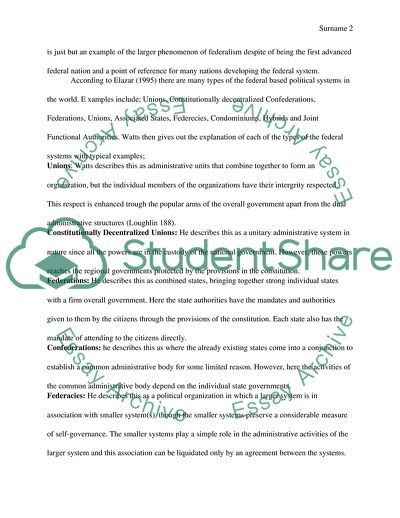Cite this document
(The Federal and Unitary Systems of Governance Coursework Example | Topics and Well Written Essays - 1500 words, n.d.)
The Federal and Unitary Systems of Governance Coursework Example | Topics and Well Written Essays - 1500 words. https://studentshare.org/politics/1853533-question-1-m
The Federal and Unitary Systems of Governance Coursework Example | Topics and Well Written Essays - 1500 words. https://studentshare.org/politics/1853533-question-1-m
(The Federal and Unitary Systems of Governance Coursework Example | Topics and Well Written Essays - 1500 Words)
The Federal and Unitary Systems of Governance Coursework Example | Topics and Well Written Essays - 1500 Words. https://studentshare.org/politics/1853533-question-1-m.
The Federal and Unitary Systems of Governance Coursework Example | Topics and Well Written Essays - 1500 Words. https://studentshare.org/politics/1853533-question-1-m.
“The Federal and Unitary Systems of Governance Coursework Example | Topics and Well Written Essays - 1500 Words”. https://studentshare.org/politics/1853533-question-1-m.


